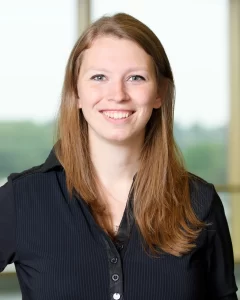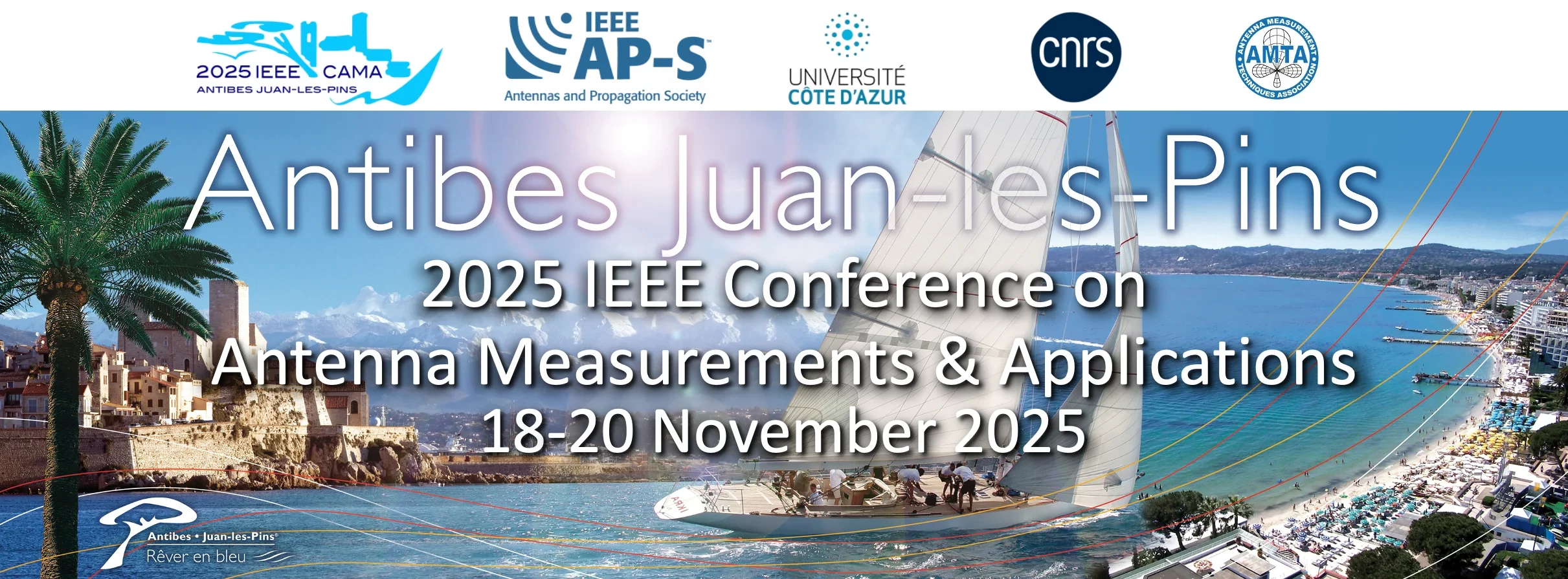From Intermittent Faults on Live Electrical Systems to Breast Cancer Detection: Finding Faults with Spread Spectrum Time Domain Reflectometry
Cynthia Furse
Distinguished Professor
Electrical & Computer Engineering Department
The University of Utah, Salt Lake City, USA
cynthia.furse@utah.edu

Spread spectrum time domain reflectometry (SSTDR) is a new method for measuring RF and microwave systems. Like all types of time domain reflectometry, SSTDR sends a signal into the system, where it reflects from impedance discontinuities and returns to the test end. The signature of the reflection gives the time delay, which is proportional to distance or phase shift, and changes in magnitude, which are proportional to impedance. SSTDR uses a particular type of signal — a pseudo-noise (PN) code, or modulated PN code – as the test signal. The reflected signal is received and correlated with the incident signal to give the reflection signature to be analyzed. This method is native in the time domain, and results can be converted to the frequency domain if desired, where it could be converted into S11 values, and if used in a transmission mode, S21.
SSTDR has some important advantages. The codes used for testing are orthogonal to existing signals in the system, which means the codes do not interfere with the system’s operation, and the system does not interfere with the SSTDR testing. This enables testing on live, energized lines, to find intermittent faults that typically occur only during operation. They can also be used in electrically noisy environments with minimal interference. The codes are also orthogonal to each other, which means they do not interfere with each other and can be used simultaneously, in parallel within the same system. This enables testing from multiple locations simultaneously, which is ideal for testing of antennas arrays and imaging using antenna arrays. This is also good for systems where cross coupling may be a problem, such as in bundles of unshielded wires. SSTDR is also implemented in hardware differently than classical systems, potentially enabling less expensive, smaller, more power efficient measurement systems.
This talk will describe the basics of SSTDR and its applications in locating intermittent faults on aircraft wiring, cable theft detection in rail applications, fault location in photovoltaic arrays, impedance measurement, and microwave breast cancer detection.
The connectorized measurement interface is becoming wireless: reverberation chambers as a new solution for testing highly integrated antennas
Anouk Hubrechsen
CEO
ANTENNEX (https://antennex.tech)
Eindhoven, The Netherlands
anouk.hubrechsen@antennex.tech

Wireless devices have changed significantly over the past few decades, yet we still use many measurement systems such as anechoic chambers that have not adapted to this requirement. With highly integrated antennas such as phased arrays, there are many more settings that need to be tested in all stages of the development process. This makes the testing time problem ever more significant, especially since wireless testing is often time costly due to spatial scanning. Additionally, testing has become more challenging because many traditionally performed connectorized measurements such as noise figure, non-linear characterization, output power, can now only be performed over-the-air.
Reverberation chambers including new measurements methods recently introduced to them can be a solution to offload anechoic chambers. They have the capability to test total radiated or received fields very fast and in a smaller form factor. This is because they have a metallic interior which captures all information in a shorter time. By combining it with techniques such as time-domain sampling, or using specific modulation schemes, the testing time for metrics such as total radiated power has been reduced from minutes to seconds in the past two years.
This talk describes the general concepts of the reverberation chamber, and details the newest techniques to test PSD, TRP, noise figure, FMCW-radar metrics, and modulation distortion. Details will be provided on how the testing time is significantly reduced while maintaining accuracy. The talk will focus mainly on the application of testing integrated phased-array antennas.
